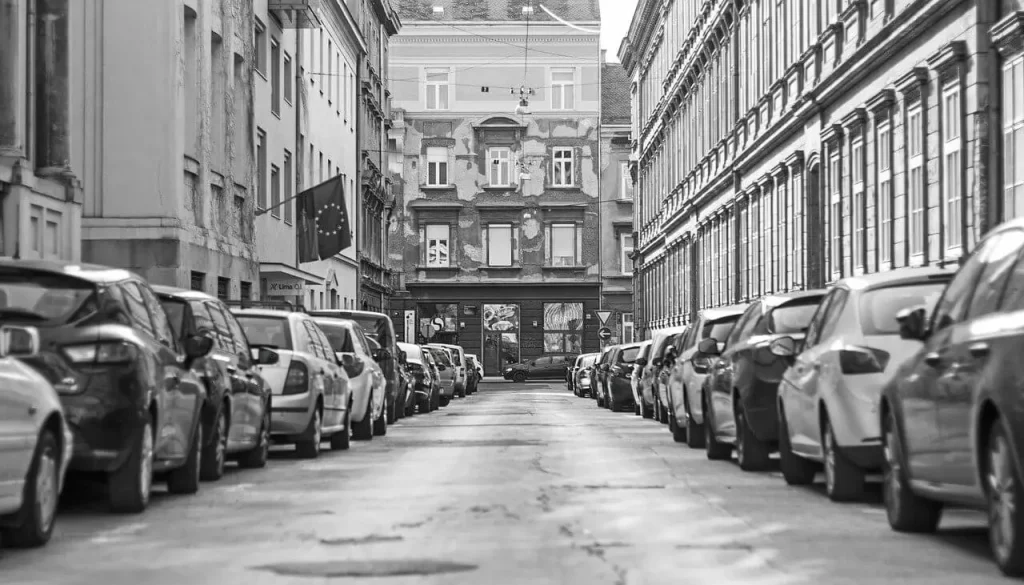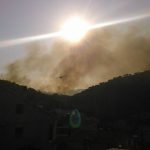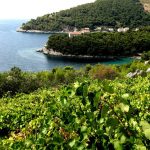The topic of anti-fascist resistance is not represented enough in school, even though topics relating to the Ustashas and Partisans are frequent in political and social life, said Tena Banjeglav, one of the authors of the guide “Zagreb in War, Resistance, Artistic Creation and Memory” who took part in the tour.
Students know little about what was going on in Zagreb during Ustasha rule and never heard of most of the 50 locations in the city associated with the Ustasha regime. This guide should help them learn more about the sites such as the present-day Student Centre and the secondary school in Križanićeva Street, Banjeglav told the press.
The Student Centre was a transit campsite where about 2,500 Jews and many Serbs and communists were held before being transported onto the camps at Koprivnica, Gospić, Jadovno, Pag island Jasenovac.
Because of the restrictions in place to contain the coronavirus pandemic, only 25 people took part in the tour – teachers, students, diplomats, and university professors. MP Vili Matula joined them.
The head of the Documenta NGO, Vesna Teršelič, said she was pleased that they were joined by the Austrian ambassador and officials of the US Embassy, which helped prepare the guide and the Australian Embassy.
She announced that the next memorial walks would be held on 10 April, the day on which the Ustasha-ruled Independent State of Croatia (NDH) was proclaimed in 1941, and on 8 May, the day of the liberation of Zagreb in 1945. She invited members of the public to sign up for the tour.
Teršelič said that the guide would be formally launched online on 6 April at 11 am when the Second World War began.
To read more news from Croatia, follow TCN’s dedicated page.











